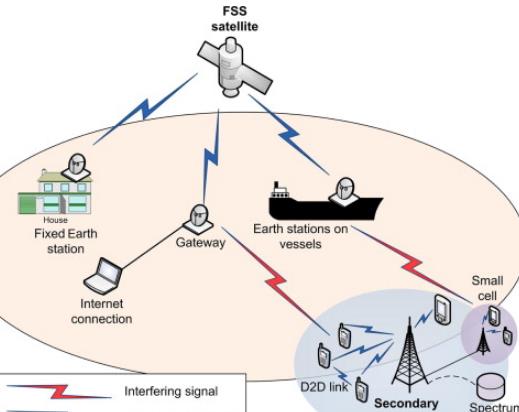What Are the Specifications of a WR75 Waveguide?
Introduction to WR75 Waveguide

The WR75 waveguide is a standardized component in the realm of microwave and satellite communication systems, particularly within the Ku-band frequency range. It is designed to effectively transmit high-frequency radio waves between equipment without significant power loss. Understanding the specifications of the WR75 waveguide is essential for professionals involved in designing and maintaining communication systems.
Critical Dimensions and Frequency Range
Physical Dimensions
The WR75 waveguide has a rectangular cross-section with specific internal dimensions: the broad wall measures 19.05 mm (0.75 inches), and the narrow wall is 9.525 mm (0.375 inches). These precise measurements are crucial as they determine the waveguide’s cutoff frequency and ensure efficient signal propagation within the designated frequency band.
Frequency Specifications
WR75 waveguides operate within the frequency range of 10.0 to 15.0 GHz. This range is particularly suitable for satellite communications, radar systems, and some terrestrial wireless communications. The choice of frequency range allows for optimal performance in applications where higher frequency bands provide advantages in terms of data transmission rates and bandwidth efficiency.
Material and Construction
Build Quality
Typically, WR75 waveguides are constructed from aluminum or copper, materials chosen for their excellent electrical conductivity and durability. The choice of material affects the waveguide's overall performance, particularly its efficiency in signal transmission and resistance to environmental factors like corrosion.
Applications in Communication Systems
Satellite Communication
In satellite communication systems, the WR75 waveguide is extensively used for routing signals between the antenna and the transceiver. Its ability to handle Ku-band frequencies makes it an ideal choice for transmitting large volumes of data over long distances, such as between a satellite and a ground station.
Terrestrial and Radar Communications
Apart from satellite communication, WR75 waveguides are also employed in terrestrial broadcasting and radar applications. Their high frequency and narrow bandwidth capabilities allow for precise control over signal direction and strength, which is essential in applications requiring high-resolution imaging and accurate long-distance signal transmission.
Conclusion: The Versatility of WR75
The WR75 waveguide's specifications make it a versatile and indispensable component in modern high-frequency communication systems. Its well-defined dimensions and material construction enable it to perform efficiently across a range of demanding applications, from space communications to sophisticated radar operations. Understanding these specifications allows engineers and technicians to optimize the design and functionality of their systems, ensuring reliable and effective communication in various technological contexts.